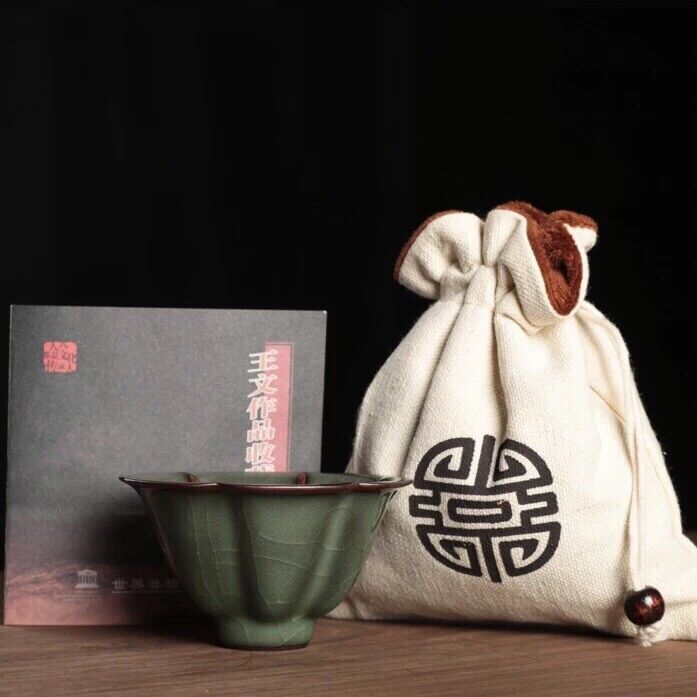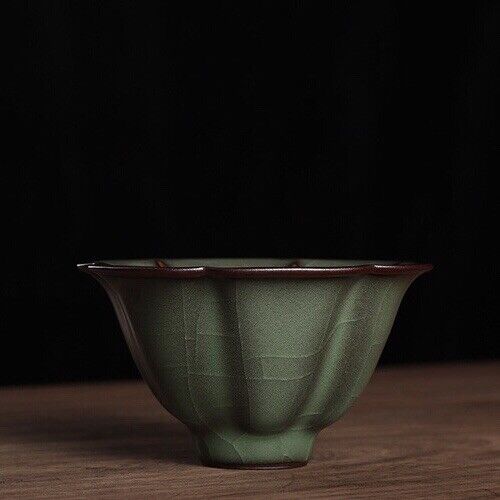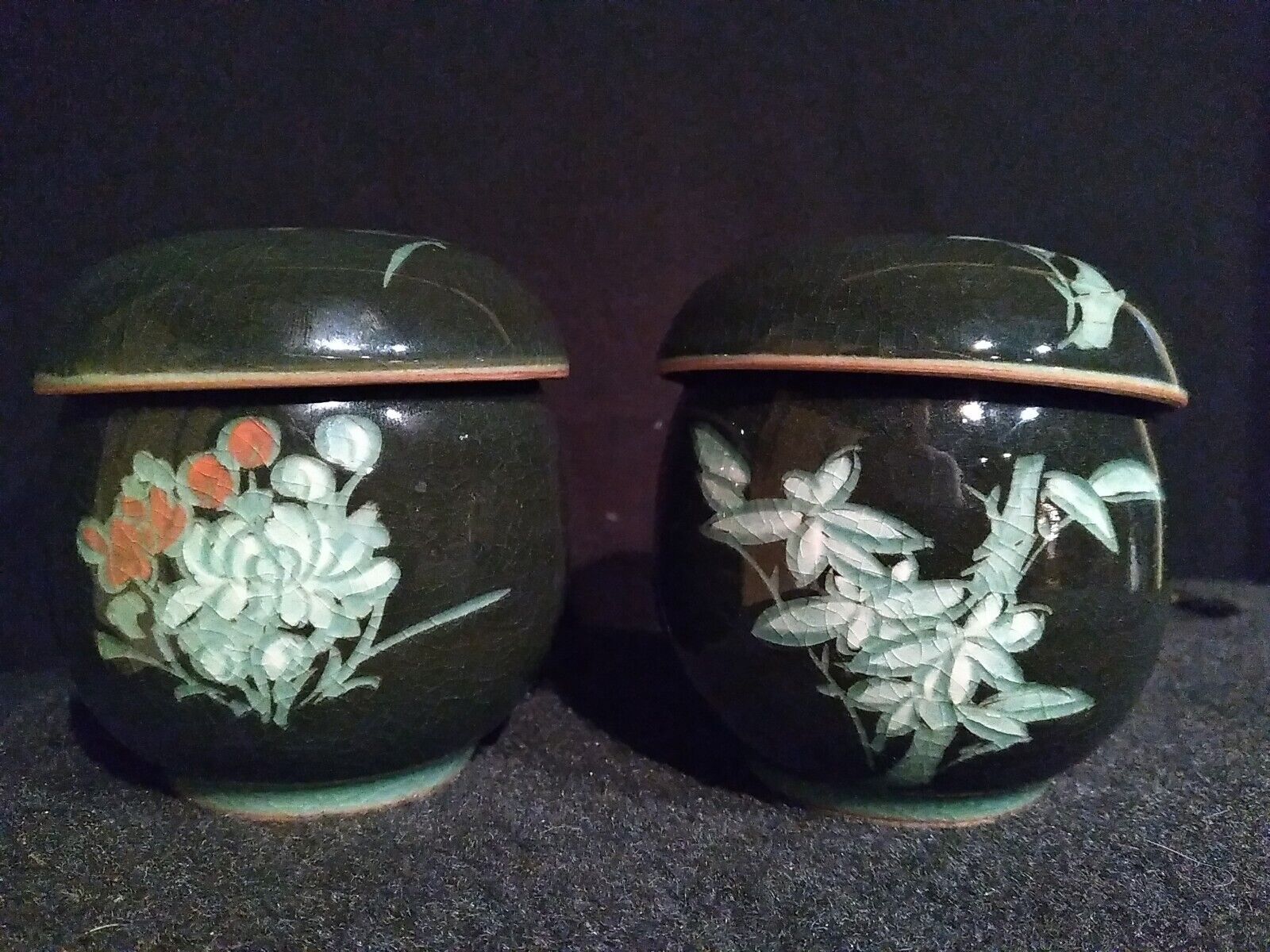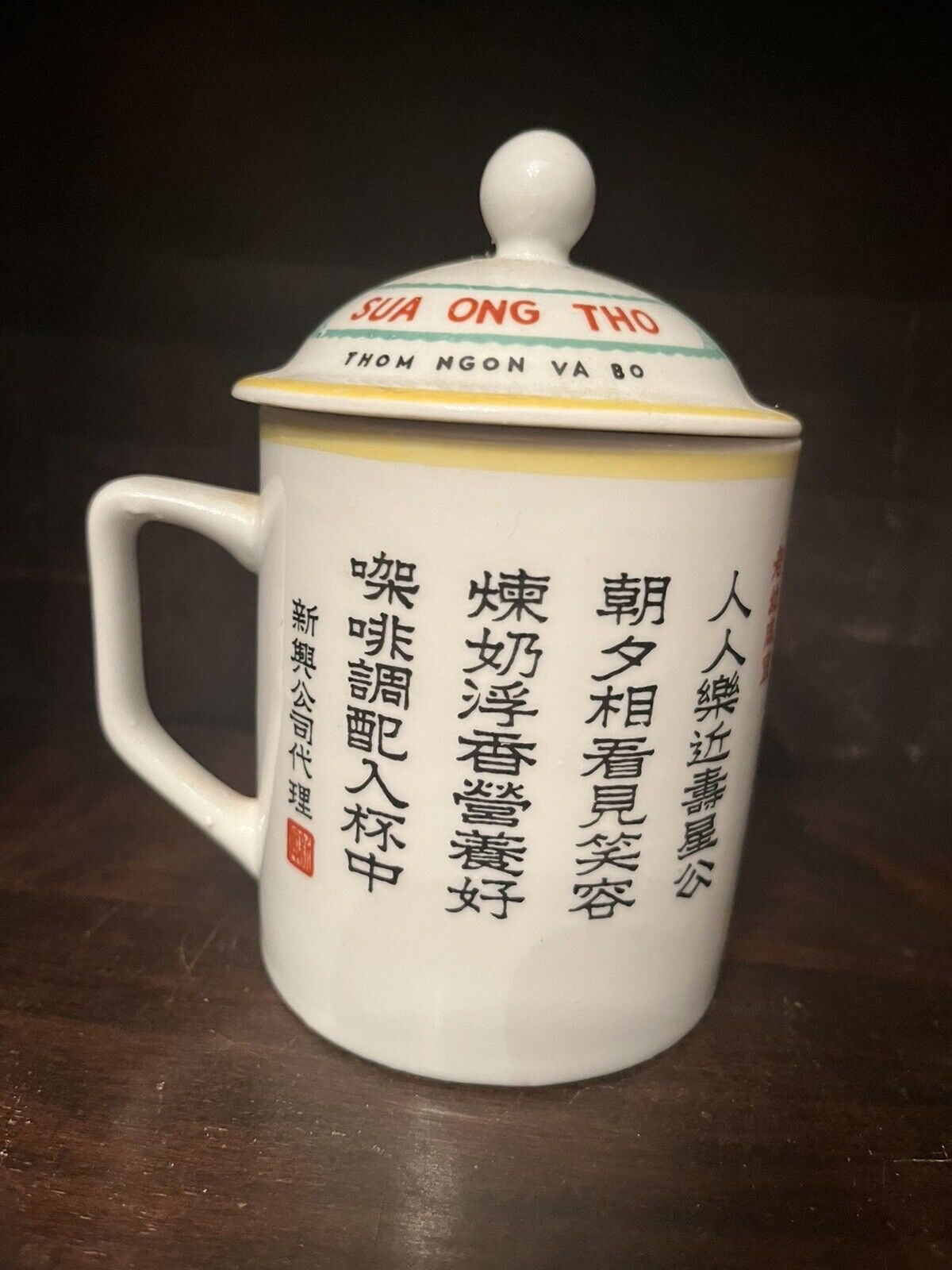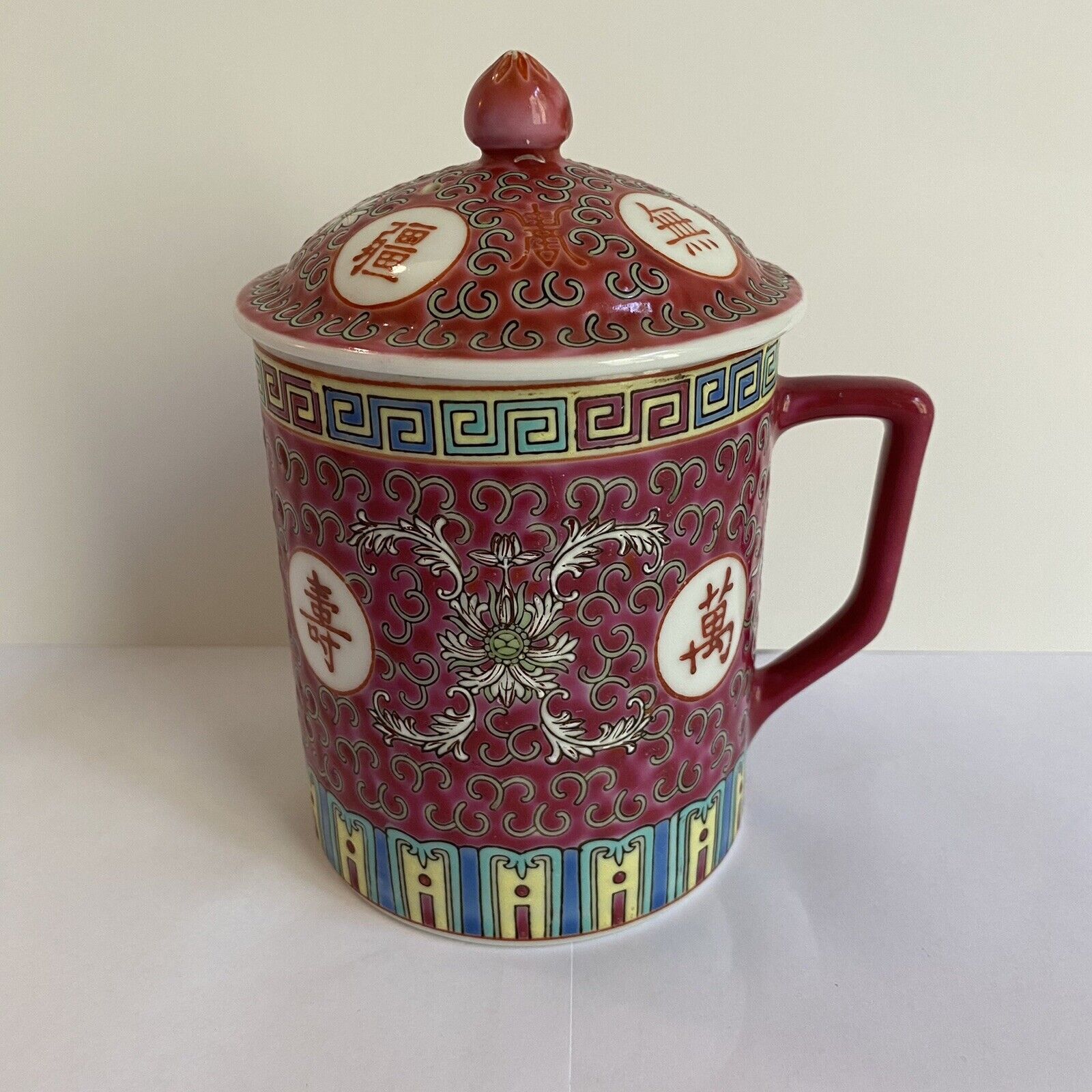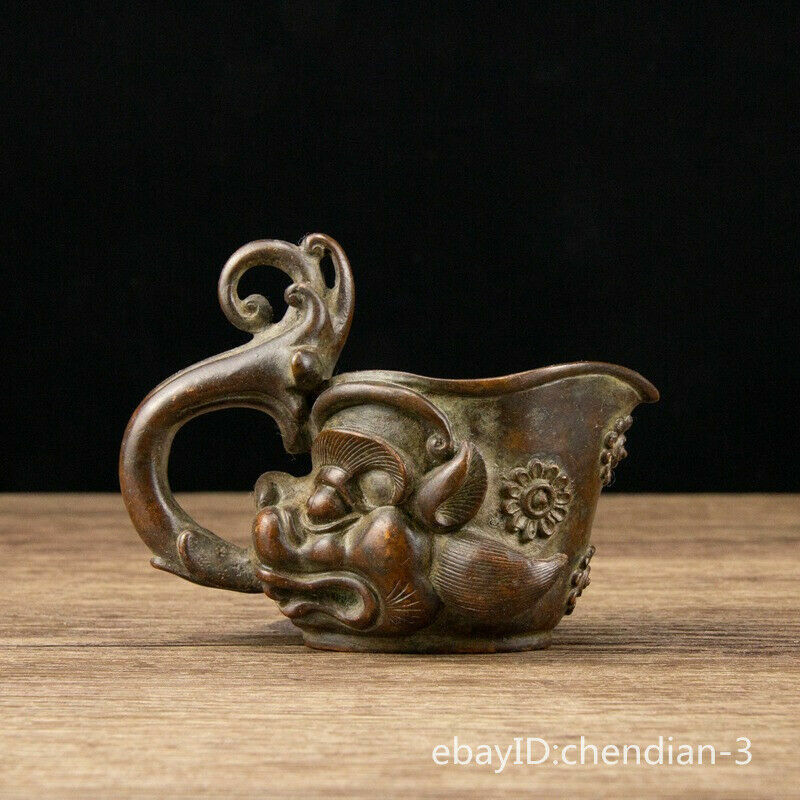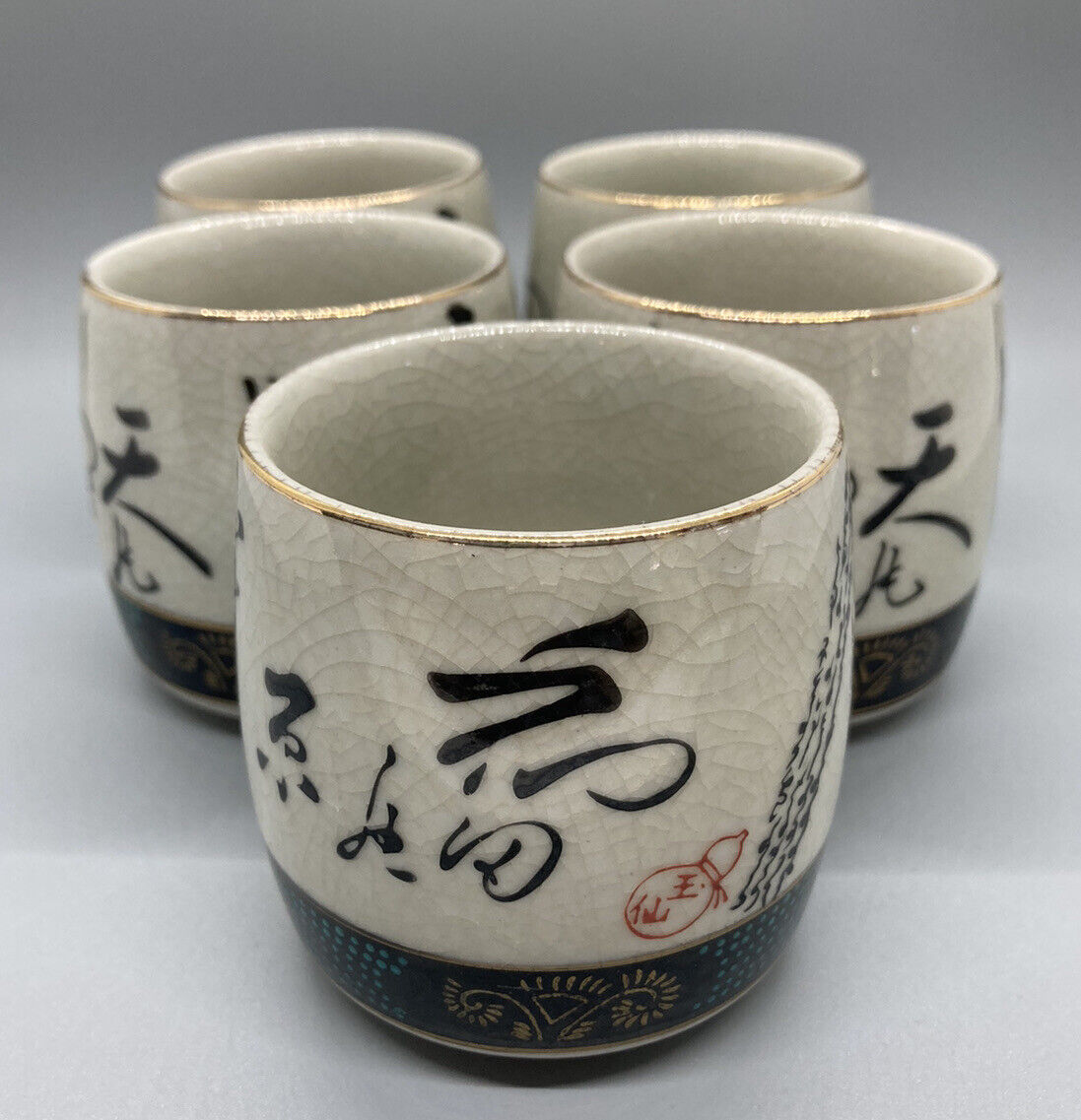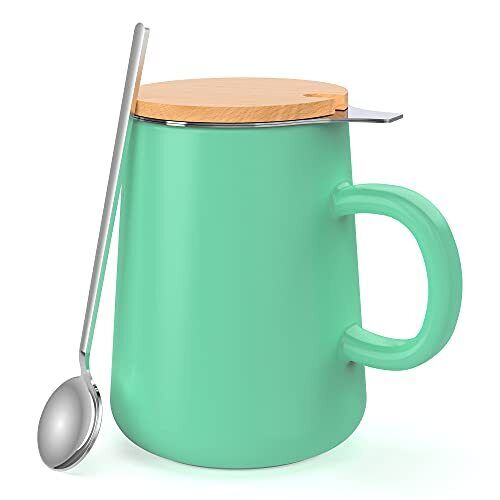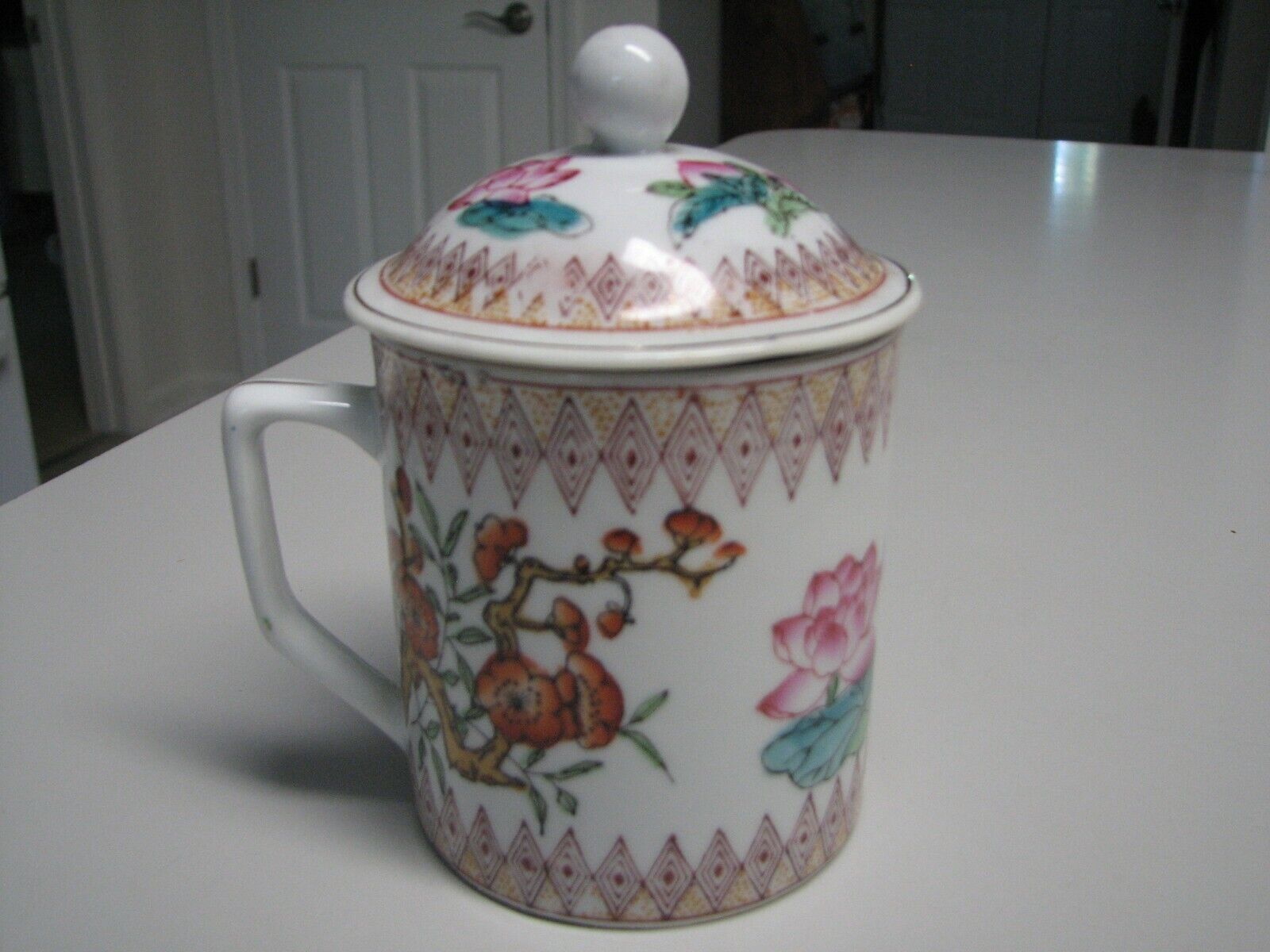-40%
Chinese porcelain Tea Cup longquan celadon ceramic Teacup 70cc Marked Wang Wen
$ 41.18
- Description
- Size Guide
Description
Chinese porcelain Tea Cup longquan celadon ceramic Teacup 70cc Marked Wang Wen. Condition is New.Origin: China
Capacity: about 70ml
Description:
Longquan celadon is a celadon-glazed porcelain made at Longquan and neighbouring counties in the province of Zhejiang, China. The first making of Celadon in Longquan begins in the Jin Dynasty (265-376 A.D). The Northern Song Dynasty (960-1127 A.D), an important period in the history of Chinese porcelain, saw a blossoming in the production and appreciation of Longquan celadon wares. By the Southern Song period and the Yuan Dynasty (1127-1368 A.D), Longquan celadon entered a most prosperous period during which the skill of making celadon had reached a new height and gradually formed a comprehensive celadon kiln system centering on Longquan town.
Longquan Celadon has two types, say, Ge Kiln and Di Kiln (Ge means elder brother and Di means younger brother in Chinese). The former together with Ru Kiln, Jun Kiln, Guan Kiln and Ding Kiln are recited as Five Famous Kilns in Song Dynasty. Famous worldwide, Longquan celadon was not only used for every dynasty's royal courts in ancient China, but exported to many other countries and regions of Asia, Africa and Europe early since the Song Dynasty.
Especially in the middle of the Ming Dynasty Longquan Celadon was introduced into Europe while its price was worth gold. Modern Longquan celadon inherits the products feature of traditional Longquan kiln and has been innovating and developing. Recently, many celadon products made by local masters and craftsmen have won the honors and prizes in various pottery-making competitions. A few of those have built up reputations of the Treasures of the Nation and have been collected in many museums.
